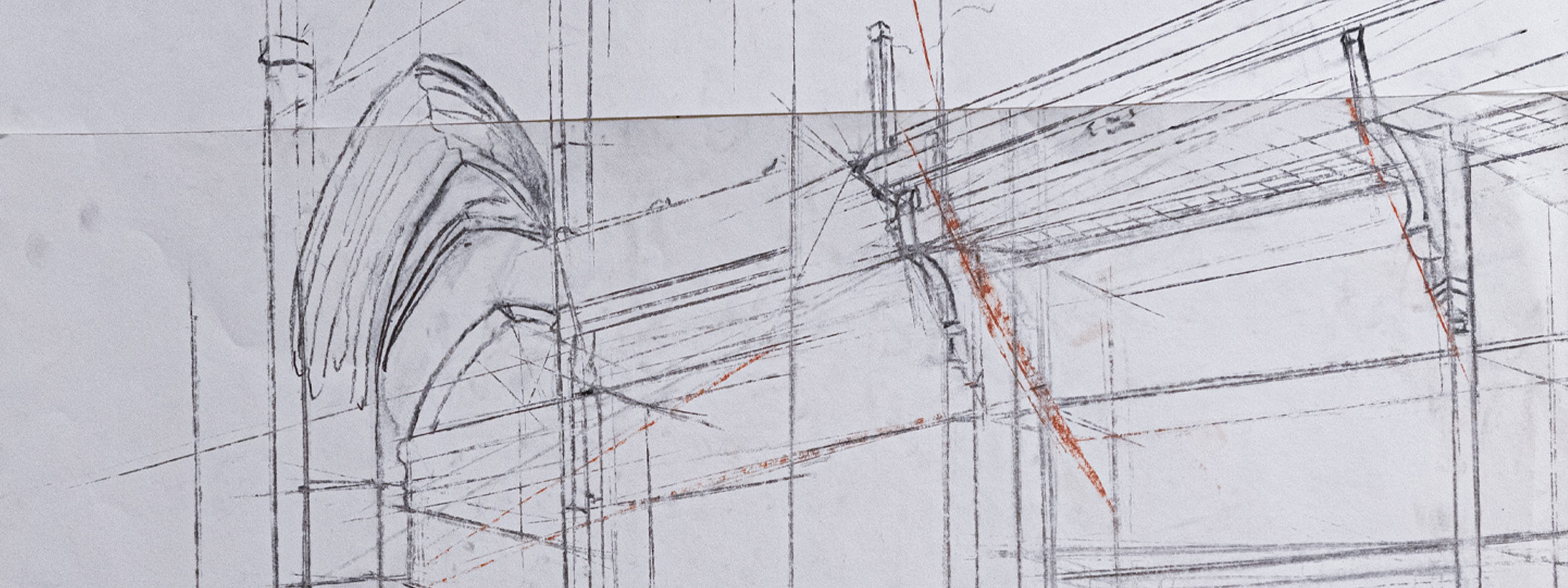This is a synchronous online-only class. Do not enroll if you are seeking an asynchronous course for summer quarter.
M E E T I N G T I M E S
T Th 9:10–11:50 AM
Synchronous on Zoom
June 20 – August 17
I N S T R U C T O R
Joe Sparano
sparano@uw.edu
S T U D E N T T U T O R
Jacinda Chu
BDes, Visual Communication Design
O F F I C E H O U R S
These are not drop in. You must sign up for a time.
Sign up sheet (Monday and Wednesday times available)
S C H E D U L E (subject to change)
|
06.20
Nothing due for next class! |
06.22
Due next class |
|
06.27
Due next class
|
06.29 Due next class
|
|
07.04 Holiday — no class
|
07.06
Due next class
|
|
07.11
Due next class
|
07.13
Due next class
|
|
07.18
Due next class
|
07.20 Due next class
|
|
07.25
Due next class
|
07.27
Due next class
|
|
08.01
Due next class
|
08.03
Due next class
|
|
08.08
Due next class
|
08.10
Due next class
|
|
08.15
|
08.17
|
—
O V E R V I E W
Companies across all industries are in search of people who can address complex issues and solve problems in new and innovative ways. But it’s not enough to have a great idea. That idea must be communicated to a broad audience, often in visual form. This might mean creating a screen presentation, a website for a new product or a personal resume. In all cases, presentation matters, and the audience and users know (and appreciate) good design when they see it.
Visualizing Ideas will provide non-design majors with information about graphic design — choosing communication goals, getting inspired, incorporating feedback, and communicating visually through your choices in composition, color, and typography. By grounding course concepts in engaging exercises and demonstrations, you will have the opportunity to learn techniques, terminology, and tools to improve your communications — in your discipline and in your everyday life.
C O U R S E S T R U C T U R E
Visualizing Ideas introduces principles inherent to the discipline of visual communication design including the fundamentals of composition, typography, color theory, storytelling, and image-making. Members of this class will engage in creative thinking and designing to build more professional and polished documents, posters, and digital presentations. Assignments do not require knowledge of any particular software. Students will also learn the value of both giving and receiving feedback.
This synchronous course consists of weekly lectures, exercises, and projects that reinforce course content. In-class exercises will be given throughout the quarter. One project will involve team presentations. Guest speakers and industry professionals will also visit to share their work and discuss their relationship with the discipline of design.
L E A R N I N G G O A L S
— Develop an appreciation for the basics of visual composition in order to make more informed design choices on future projects or when working with designers
— Gain insight into the steps involved in the design process
— Understand how to evaluate and share feedback on visual design using appropriate terminology
— Appreciate the differences between effective and ineffective typography
— Understand the basic principles of color theory
— Understand how images convey denotative and connotative messages
— Gain awareness and appreciation for the graphic design profession
G R A D E B R E A K D O W N
Projects — 75%
Participation — 25% = Process + Exercises
L A T E W O R K
– Projects submitted more than 15 minutes after the Canvas due date are late — regardless of attendance or technical problems.
– Late projects are deducted 10% per day.
– I may be able to make exceptions for extreme or unforeseen circumstances.
R U B R I C
The following criteria is used when determining grades:
A 3.8–4.0 is given to a student who has exhibited the highest possible performance in all aspects of the course—all projects, process and participation are excellent. This student independently seeks out additional information and is highly committed/passionate about their work.
A 3.4–3.7 is given to a student who exhibits superior performance in all aspects of the course—the final projects, process, and participation are uniformly of high quality. This student has a thorough understanding of all concepts presented, and is motivated to improve and succeed.
A 2.9–3.3 is given to a student who has good performance in most aspects of the course. This student follows a thorough working process, has good work, and consistent participation that reflects a clear understanding of almost all concepts being presented.
A 2.5–2.8 is given to a student who has fair performance in the course. The final work is adequate, with a working process that reflects the minimum needed to complete assignments. Participation and motivation are moderate.
A 0.0–2.4 is given to a student with poor performance in the course. Projects are incorrectly prepared, incomplete or missing. This student does not understand the majority of concepts presented and rarely participates in class.
The 4.0-grade scale is calculated from a 100-point scale following this chart from Linguistics.
P O L I C I E S
School of Art + Art History + Design
M E N T A L H E A L T H + W E L L N E S S
Your mental health and well-being are extremely important. UW Husky Health and Well-Being and UW Mental Health have a number of resources to support you. In addition, Providence Healthcare has these suggestions for prioritizing your mental health (get sleep, exercise—even for just 20 minutes, and proper nutrition). If you are struggling, reach out to a trusted family member, teacher, or friend.
